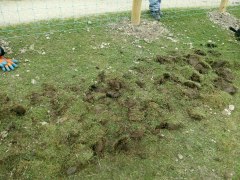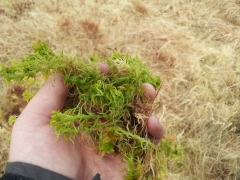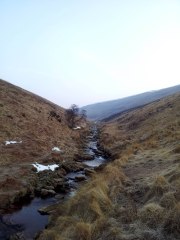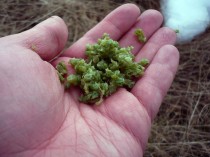So, it’s been a while then… Massive case of writers block/lack of time/willing so not written anything since June. Apologies, anyhow.
I think I’ll take the opportunity to travel back in time a few weeks to the end of my latest conservation position and summarise what I was doing and how it worked out in the end.
As I’ve written previously, I’ve been under contract as a Research Assistant for the RSPB on a project looking at the behaviour and habitats of Ring Ouzels Turdus torquatus. This year has been unbelievably frustrating birds-wise and has been a stark contract to last year, in one valley at least. To recap, I was comparing one ‘control’ valley – in this case Great Crowden Valley whose population of breeding Ring Ouzels has remained stable since 1990 , with a ‘treatment’ valley – at the RSPB’s Dove Stone nature reserve whose population has crashed since 1990. The word treatment implies that a course of productive management techniques may stem from the study.
Only one problem this year – the population of breeding Ouzels crashed in the control valley. Last year I had 8 or 9 confirmed breeding pairs in the valley, figures that correspond to well to post-1990 figures. This year I have had 2 confirmed breeding pairs, and probably not at the same time either (Ring Ouzels have 2 broods and probably 3 breeding attempts, but if the 2nd brood fails they won’t try again, unlike for the 1st brood). I must admit I’m struggling to understand why. The weather may be an obvious answer, April was unseasonably warm and May was very cold and wet, and there were quite a few birds seen in the valley but only a very small handful of these bred. However Ring Ouzels are hardy birds so I’m not sure weather is the answer. Predation also maybe an answer, I anecdotally saw a lot more stoats and weasels in Crowden than last year. But besides, there is an elephant in the room.
My ‘treatment’ valley at Dove Stone was stable with 2 breeding pairs both breeding twice; an improvement on last year when I had two pairs probably breeding once each, these birds had the exact same weather conditions to contend with; again I was also seeing more stoats and weasels. So it’s a mystery so far and a good reason to keep studying these fantastic birds.
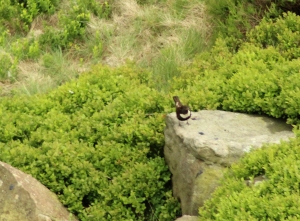
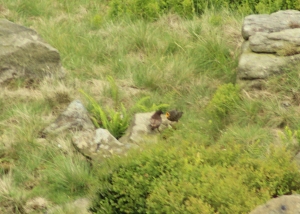
It was pretty difficult at times this year when I was faced with walking up an down the control valley knowing in all likelihood I won’t see any of the birds I’m supposed to see, it was frustrating even with the phrase ‘no data is as good as lots of data’ ringing in my ears.
Even so it was still enjoyable, I saw my first English Red Kite Milvus milvus flying low over the valley. I was surrounded by Green Hairstreak Callophrys rubi butterflies for a large period of spring which were joined by Emperor Saturnia pavonia moths and then later on by Oak Egger Lasiocampa quercus moths (one of which was in the bill of a Ring Ouzel at Dove Stone!). Overall, a gratifying summer which had so much more potential.

